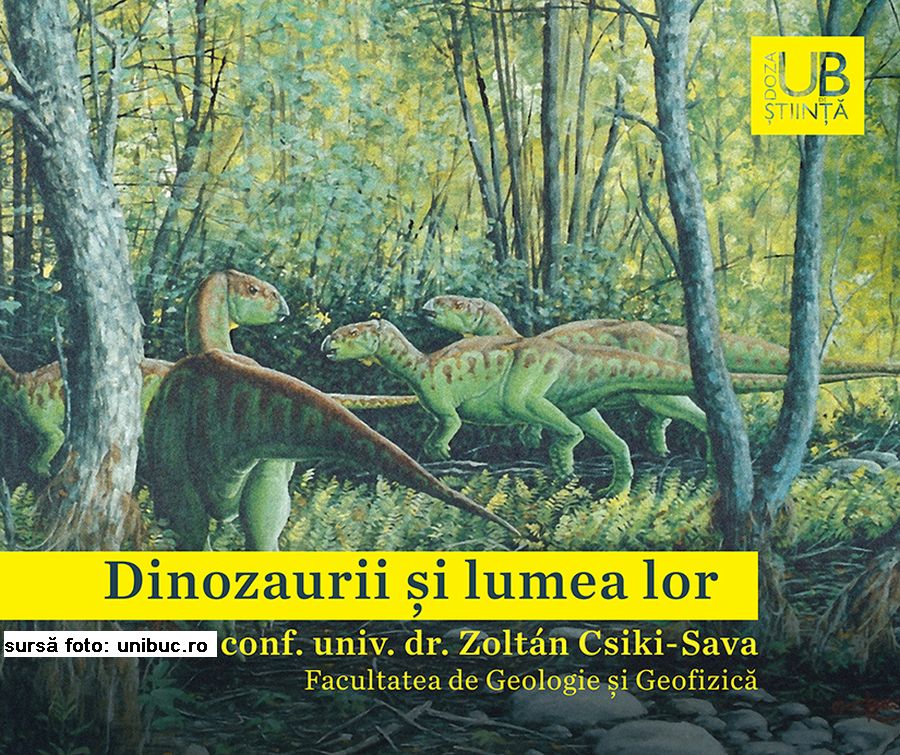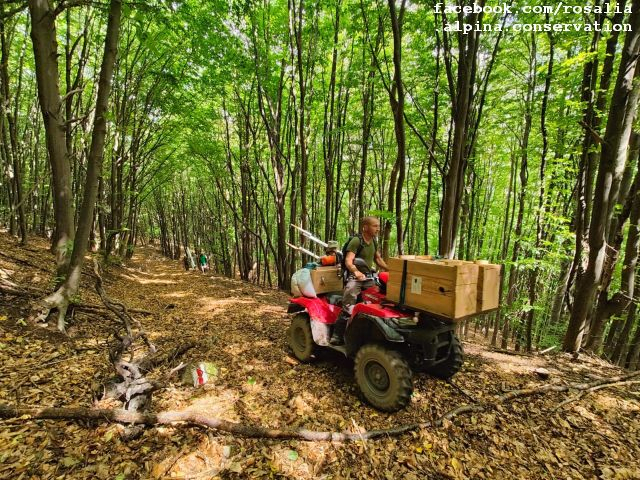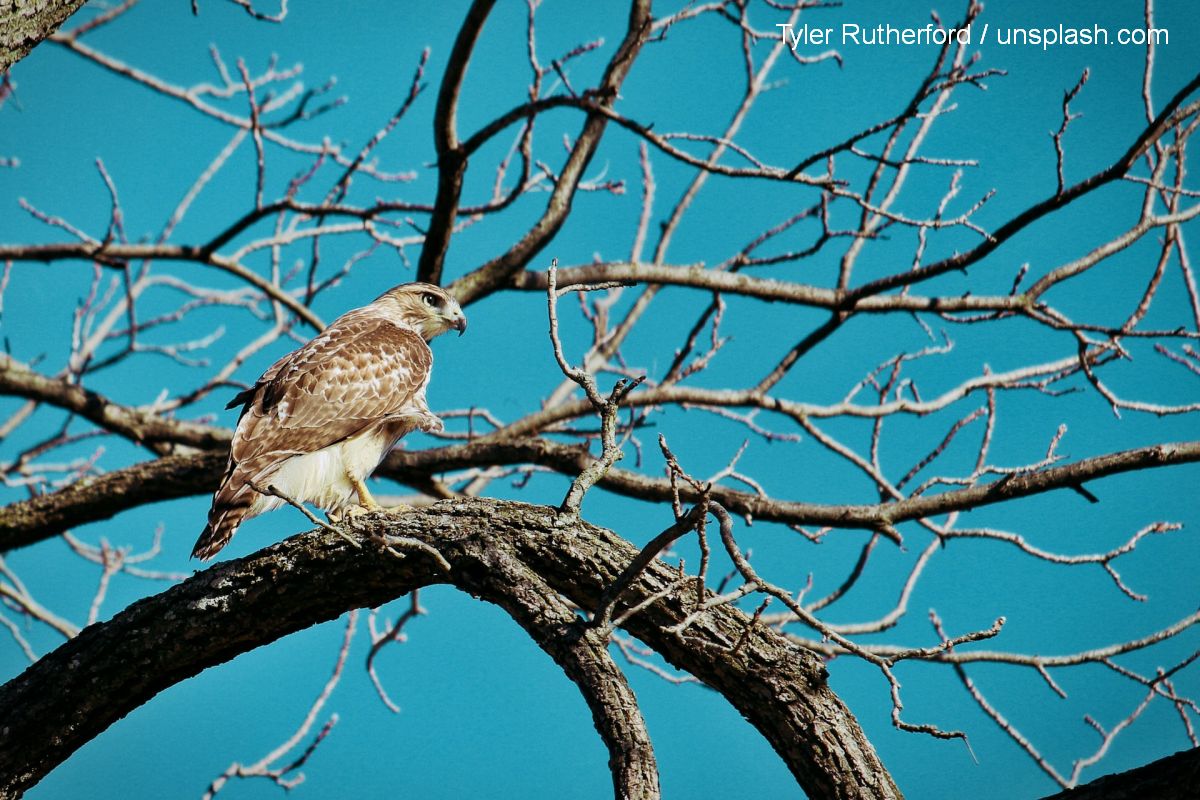The Braila Wetland Nature Reserve
The Braila Wetland Nature Reserve, in the Danube floodplain, is a nature reserve that is home to an incredible array of flora and fauna.

România Internațional, 27.02.2015, 14:14
The
Braila Wetland Nature Reserve, in the Danube floodplain, is a nature reserve
that is home to an incredible array of flora and fauna. Over 200 species of bird nest and feed here. It is also a wintering destination. In fact, this area is situated on the most important trail of migration for the birds in the lower Danube basin, midway between nesting places in Northern Europe and wintering places in Africa. Over 170 species here are under international protection through the Conventions of Berne, Bonn and Ramsar, representing half of the species of migratory birds that live in Romania. Because a large part of them are aquatic birds, in 2001 this area was declared a Ramsar site, the second after the Danube Delta. We found out more from Radu Moisei, the director of the nature park:
Radu Moisei: In terms of species, birds are obviously the most important. We have here 52% of Romania’s bird fauna, we have three families of white-tailed eagle, the largest birds in Romania, with a wingspan of 2.5 meters. We also have wildcats, and rare birds like the common kingfisher and the pygmy cormorant. This is a truly rare bird. There are only 14,000 left in the world, of which 48% are in the Danube Delta and in our park. A lot of birds are in passing here during spring or fall, when we get species that winter here, such as the whooper swan, which broods in the northern lakes of Finland and in the Masurian lakes in Poland. We have several other kinds of swans, and many other bird species.
A project financed with European money runs in the area to make it more visible to tourists and nature lovers. The park’s administration has invested a few million Euros here for the land and naval infrastructure, for the ecological reconstruction of 215 hectares of what was once the floodplain forest in Braila Wetland, as well as studies on the biodiversity in the protected area. There is also an initiative to improve public perception on the value of the natural heritage in the Braila Wetland, by making information materials, green behavior guides, and a film about the park, called ‘The Chiriloaia Ecosystem, the Green Wonder of Braila’, which has already won an award at the Zlatna International Ethnographic Film Festival in 2014.
Radu Moisei: ”We plan to build four bird watching stations in places where we have mixed colonies of cormorants and egrets, on lakes. They are meant for tourists passionate about bird watching and even for ornithologists. They will be buried in the landscape, covered in reed, will have a metal structure, and will be winter proof. Another project is for a floating visiting center. It will be a visiting and information center, with a conference room, a museum, bedrooms for volunteers and a library. We will be traveling on these floating centers to all the 24 rural communities around the park, telling the locals about protecting nature and respecting the park and its rules. This will be a pontoon-like structure, 30 meters long and 14 meters wide, with two levels, pulled by tugboat. The park runs on a 62 km stretch of the Danube, on 7 branches, 7 islets and a whole flood region with 52 lakes. The observatories will be set up on four of these lakes. We also have a land infrastructure, 6 watch towers for bird fauna, in addition to 6 others built in 2000, before the park was set up, as part of the Life project conducted by the Bucharest University.
Once levees were built in the 1960s, the indigenous poplar and willow species were replaced with faster growing Euro-American species, used for making cellulose. However, it was noticed that the American poplar’s roots do not hold down soil, allowing erosion. Which is why a project was initiated to restore local species. After a long process of ecological restoration hundreds of hectares of Canadian poplar were replanted with local poplars and willows. Right now, over 6000 hectares of the park are covered by forest.
The project started in 2011 has reached some of its aims. Because tourists are more and more eager to visit this area, local authorities want to include it in a tourist circuit. They plan to build a holiday village stretching over 60 hectares, set up tourist trails and encourage sports fishing. They also want to build a tourist port for the entire area.






























